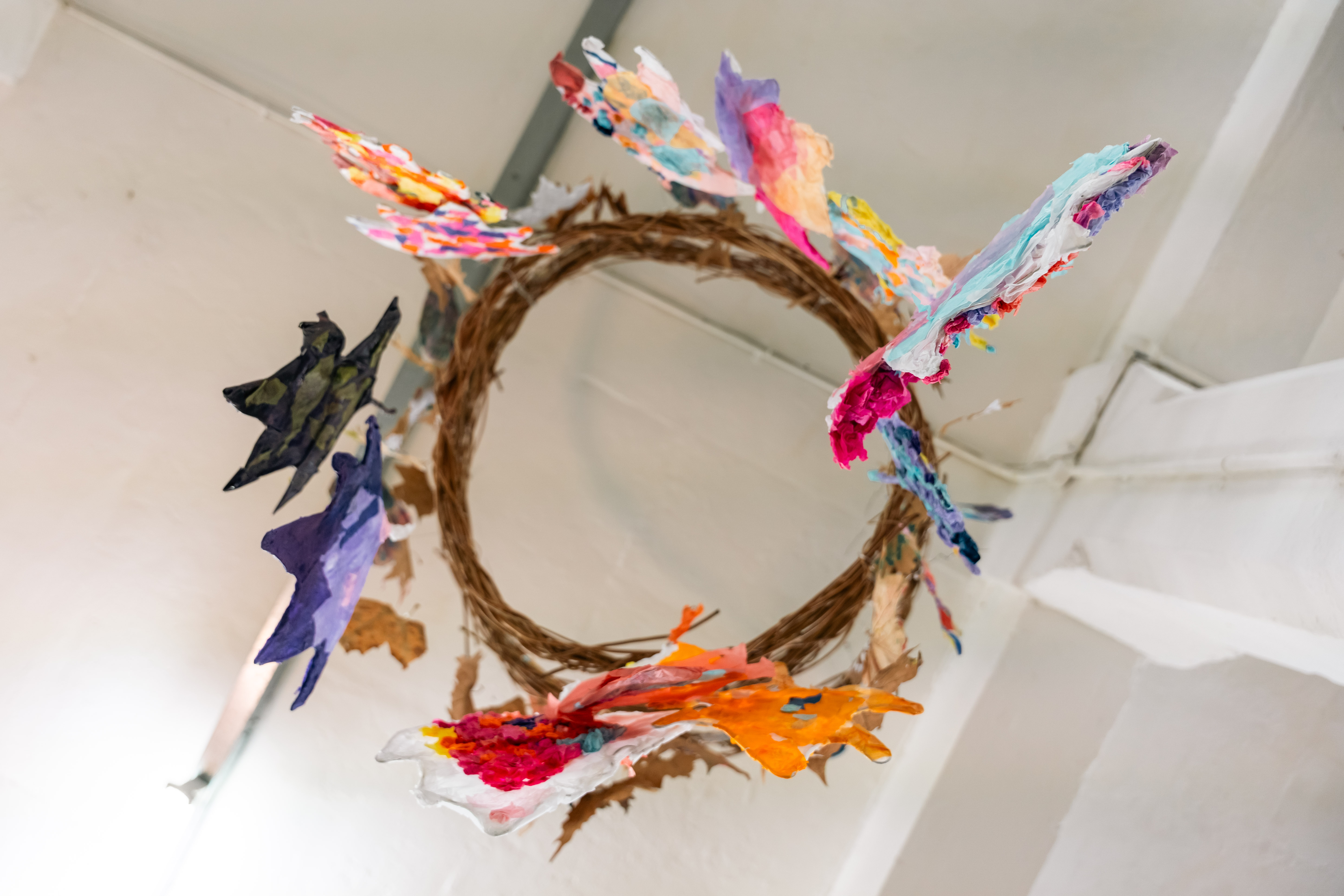We asked some questions to Jessica Broad, Senior External Moderator for UAL Entry Level 3 Certificates, about the importance of our these qualifications. Find out more in the Q&A below.
What do you enjoy about being a Senior External Moderator for UAL Entry Level 3 qualifications?
What I enjoy about that role is learning how the qualification is supporting students who have different needs and require extra support when they are learning, also, working with tutors to create an exciting and engaging experience for their students so that they enjoy learning art and it enriches their life experience as well.
These qualifications are targeted at young people with Special Educational Needs and Disabilities (SEND), Additional Learning Needs (ALN), or disadvantaged backgrounds. How do you think they help to prepare students for further study, work and adult life?
The qualification is designed to be adaptable to each learner’s needs. The tutor can make their own judgments about what to deliver and what will enrich the learner’s experience, and for those young people that have an Educational Healthcare Plan it also allows the tutors to consider the outcomes the learners are working towards and a learner moving into adulthood when planning what they will deliver.
UAL Awarding Body qualifications are flexible, in what ways does this benefit students?
When working with students who are neurodiverse there can be a variety of factors that can mean a tutor needs to be able to change or adapt a planned activity. Sensory needs, for example, can affect the way a student is able to engage with a task, so tutors need the flexibility to make a change as the projects are taking place or as the weeks pass by and the tutor gets to know the learners and their specific requirements.
The flexibility also allows students to take some autonomy over their ideas, if they want to adapt something suggested by the tutor and it meets the criteria, the tutor is able to give the students the room to make their own decisions about their artwork.
What sets this qualification apart from other similar qualifications?
The flexibility of this qualification is what sets it apart from other similar qualifications. It gives the tutor the judgment to decide what is best for their learners and also what is achievable for them in the community and environment in which they are studying.
It allows the tutors to meet the needs of each individual learner and deliver topics and subjects that they feel confident to deliver.
What opportunities can studying this qualification create for learners?
Learners can engage with their community as part of this project, which can be something they do within their own school community or where they live, depending on what is best for them.
It gives them the chance to talk about their artwork, to exhibit it, engage with their viewers and develop the ability to create artwork for an audience. This can open up the lives of young people who may otherwise be isolated due to their learning needs or disadvantaged backgrounds. It also prepares students to progress to Level 1 Art and Design or other Level 1 UAL qualifications.

